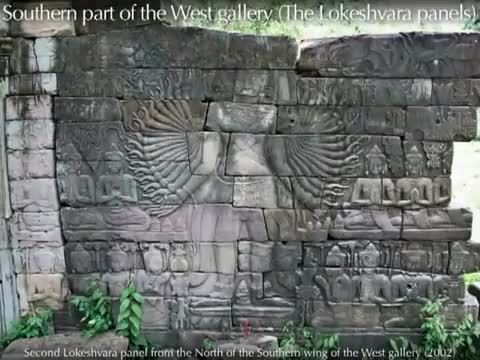
Banteay Chhmar (The Small Citadel) is the most important Angkorian site outside of the main Angkor complex, it is situated in a remote area in the North-West of Cambodia near the Thai border.
The complex was built during the reign of Jayavarman VII, who has to be considered one of the greatest builders in history, and is a Mahayana Temple, featuring long bas reliefs dedicated to the Bodhisattvas and gods, and also has the characteristic Face Towers we see at Bayon, though it is in a very dilapidated state now.
It appears that the Temple was remote even when it was built, as it was not on one of the main highways leading away from the main site, and how it became such an important temple has still to be answered.
This presentation by Oliver Cunin was given as part of the Aspects of Angkor series held under the auspices of the Asian Museums section of the Smithsonian Institution in Washington in 2010.
Oliver has worked for around a decade on the Angkorian sites and did his PhD on the Bayon structures, which are closely related to the Banteay Chhmar complex, and he is not only an expert but also an enthusiast.
The presentation seeks to answer certain fundamental questions, like where the site is, when it was built, how it was extended and what did it look like.
Using a wide variety of materials to illustrate the talk – from maps, diagrams and photographs to 3D modelling – he manages to be both informative and entertaining.
if the video does not appear on the page, try reloading the page; and if that doesn’t work, leave a comment so I can update the page (the comment is not published)






